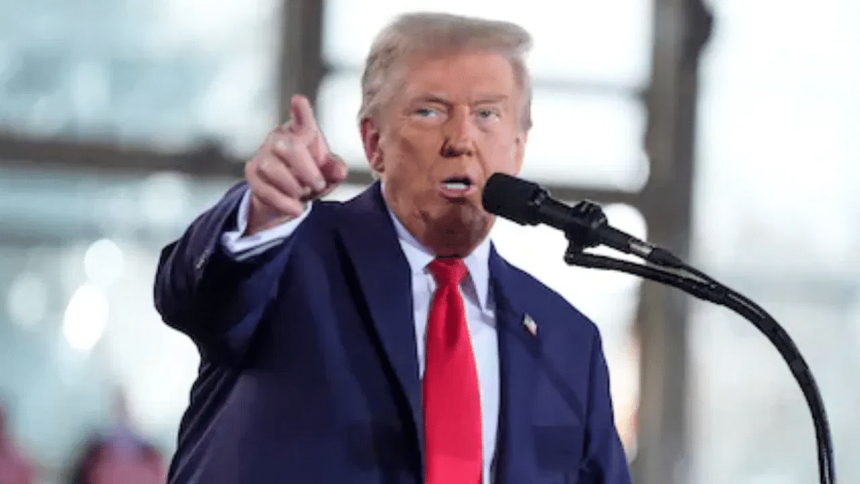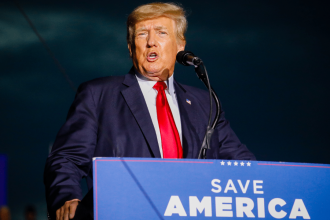Washington: US President Donald Trump introduced a plan on Thursday to increase tariffs on imports, matching the tax rates that other countries charge on American goods. The policy, signed by Trump on Thursday, is expected to have a profound impact on global trade relations, especially for countries like India.
“I’ve decided for purposes of fairness that I will charge a reciprocal tariff,” Trump announced in the Oval Office while signing the proclamation. “It’s fair to all. No other country can complain.” The administration insists that the tariffs will create a level playing field for US manufacturers competing with foreign companies.
What are reciprocal tariffs?
Reciprocal tariffs, often referred to as “tit-for-tat tariffs,” are designed to match the duties or taxes imposed by other countries on imported goods. Explaining the policy, President Trump said, “Whatever tariff a country imposes on American goods, America will also impose the same tariff on goods from that country.”
A tariff is essentially a tax or border duty levied on goods entering a country. For example, when India imposes tariffs on imported goods, those items become more expensive compared to locally produced goods. This serves two purposes – generating revenue for the government and encouraging domestic production by making foreign goods less competitive in the local market.
Why Trump imposed reciprocal tariffs?
President Trump has been vocal about his stance on tariffs since the beginning of his presidency. During his election campaign, he had promised to take an “eye-for-an-eye” approach to tariffs, and this new policy reflects that promise.
The primary goal of imposing reciprocal tariffs is to reduce America’s trade deficit — the difference between the value of goods imported and exported. By matching the tariffs imposed by other countries, the US aims to balance trade relations, generate additional revenue, and promote domestic manufacturing. Trump said that this policy is also intended to discourage the inflow of foreign goods, giving American-made products a stronger presence in local markets.
How will reciprocal tariff impact India?
India is likely to feel the effects of this policy. At one point, India imposed a tariff as high as 150% on imported luxury cars. Over time, these rates have been reduced to a maximum of 70%.
As of 2025, India’s average tariff rate stands at 10.65%, which is still relatively high. Luxury cars, a key segment of the tariff debate, often become significantly more expensive for Indian consumers due to these duties. With Trump’s reciprocal tariff policy, India may have to reassess its tariff structure to maintain favorable trade relations with the US.
This announcement is expected to have a ripple effect across multiple countries. Nations with higher tariffs on American goods may face increased costs for exporting their products to the US. While this may boost American manufacturing and reduce the trade deficit, it could also lead to tensions with key trading partners.



